The High Price of Change: Bangladesh’s Struggle for Stability

- Update Time : Sunday, July 28, 2024
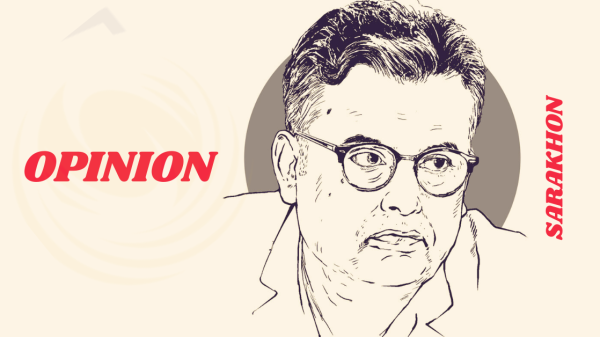
Swadesh Roy
When significant political or social events occur in a country or society, even if that society appears to flow calmly, it cannot return to its previous state. It must accept many changes. In some cases, these changes cause the country and society to regress, while in others, they advance. After the past week’s events in Bangladesh, the state and society will stabilize at their necessary pace. Even after much bigger events, this society and state have calmed down. However, just as past events have significantly altered society and the state, this event will also bring about some changes.
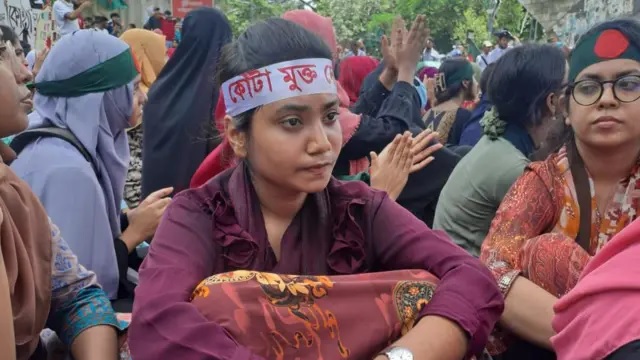
Over the past 54 years, many events have significantly changed Bangladesh’s state and society. Detailing and analyzing all these events would require writing a book, which takes time. This is because the consequences of events also undergo transformations. Nevertheless, without delving into that discussion, we can look at what has happened in the past week and understand why these events unfolded in this way.
Firstly, it can be seen that the events stemmed from a movement regarding job reservation or quotas. This movement occurred once before in 2018. At that time, the Prime Minister ended the movement by announcing the abolition of all types of quotas in parliament.
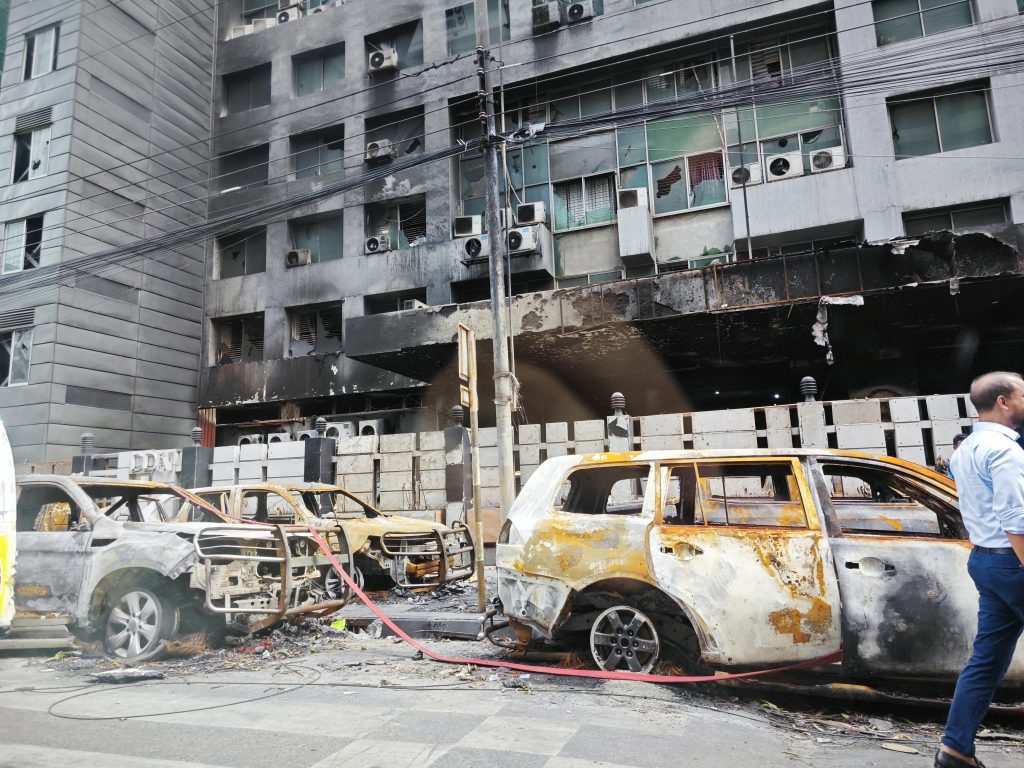
Next, in 2021, seven children of freedom fighters filed a case on behalf of their families in the High Court, claiming that future generations of freedom fighters’ families would be discriminated due to the absence of quotas. Barrister Tania Amir wrote that the organization in whose name the seven individuals filed the case had no registration or legal basis.
Therefore, they were acting as individuals, not as an organization. An individual can file a case for their own grievances, not for a group or everyone. Moreover, they were filing the case on behalf of individuals who are not yet born. Hence, the case had no legal standing in the High Court. The children of freedom fighters who have been born are mostly young children.
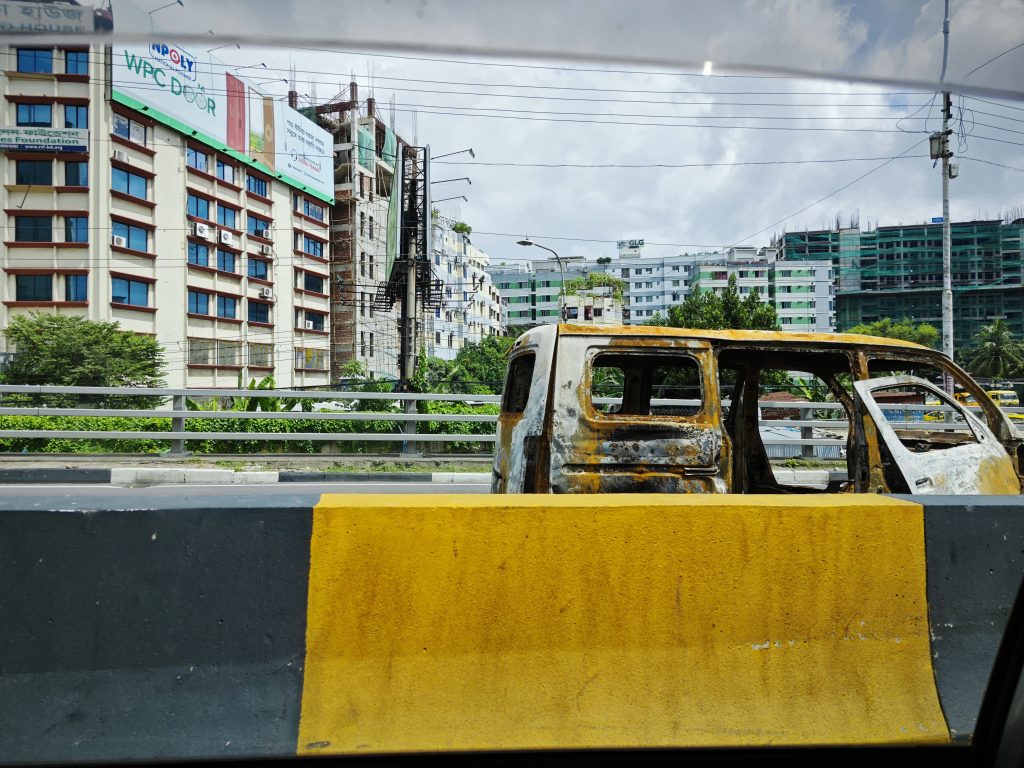
The more significant aspect is that since the organization that filed the case is not a legal entity, it has no right to file a case on behalf of everyone. If the responsible authorities had done their duty, the High Court would not have had the opportunity to give a verdict that the Supreme Court later overturned. In reality, mistakes or negligence in performing duties by responsible authorities often lead to severe incidents in a country or society.
Even after the High Court’s verdict and the Supreme Court’s “status quo” order, meaning the High Court’s verdict was not effective, why did he not explain the matter in a lenient and refined manner? Before giving the verdict in this case, the Chief Justice addressed the country’s youth in a certain way.
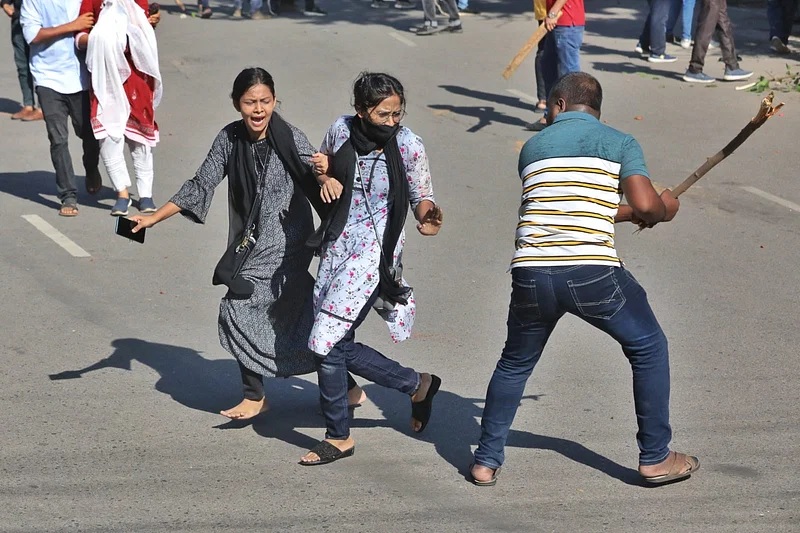
If the law minister had gone to the youth and conveyed even a tenth of those beautiful, forward-looking words of love for the youth as his duty as a minister and presented them to the leaders of his party, could the events have unfolded differently? Because most of the leaders’ statements from his party showed that they were not aware of the legal aspects of the matter.
Even when the Attorney General’s office immediately appealed against the High Court’s verdict in the Supreme Court, making both the government and the protesters stand on the same side for the abolition of quotas, why did he not go to the students as the law minister?
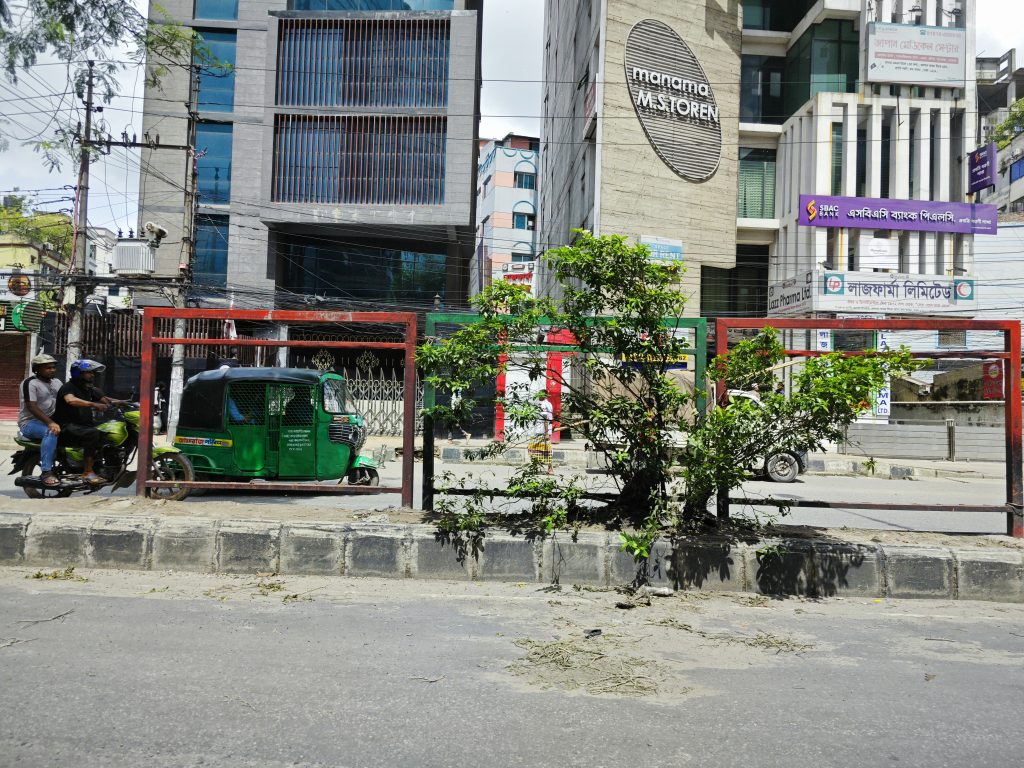
It could be because he is an apolitical person. He inherited a share of politics, but he did not come through politics. Therefore, he did not try or get the opportunity to explain the matter to his party’s general secretary. I’m saying he did not get the opportunity because journalism experience suggests that when some political leaders become excessively powerful, even their colleagues do not get the chance to meet or talk to them.
For instance, reliable sources indicate that even though Saifur Rahman and Mannan Bhuiyan knew about the impending 1/11, they did not get the chance to inform Begum Zia over the phone or in person.
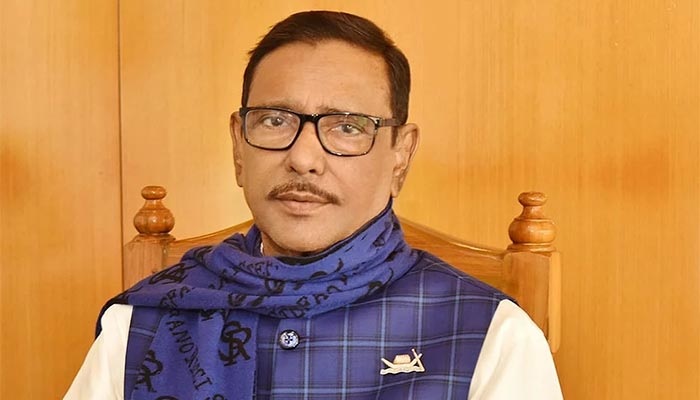
The current general secretary of the Bangladesh Awami League now exhibits characteristics and language reminiscent of Begum Zia of that time. He does not value his colleagues and echoes Begum Zia’s 1995 statement, “Chatra Dal is enough to suppress the Awami League movement.
” Now, we hear the same from Awami League’s General Secretary Obaidul Quader: “Chatra League is enough to stop the quota movement.” Following his instructions, the Chatra League took action against the quota protesters, which has no precedent in the history of student politics in Bangladesh except for Monayem Khan’s NSF.
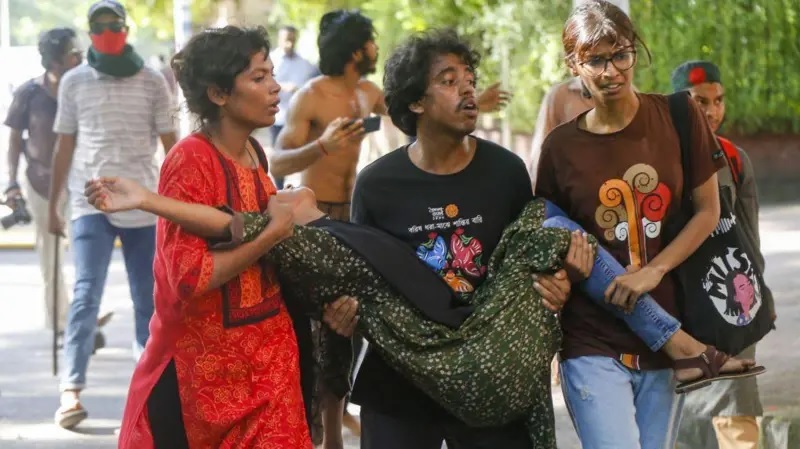
The images of the Chatra League’s actions published on social media, electronic media, and in newspapers the next day completely changed the psyche of the conscientious people and the general youth of Bangladesh. Yet, he continues to roar at the Chatra League, asking why they fled when confronted by general students.
If the Prime Minister had not ordered them to leave or flee the university hall, there was no doubt that dead bodies would have been found one after another on the university campus. Any death fuels protests and anger; if deaths had occurred on the Dhaka University campus, the situation of the past seven days would have been even more horrific.
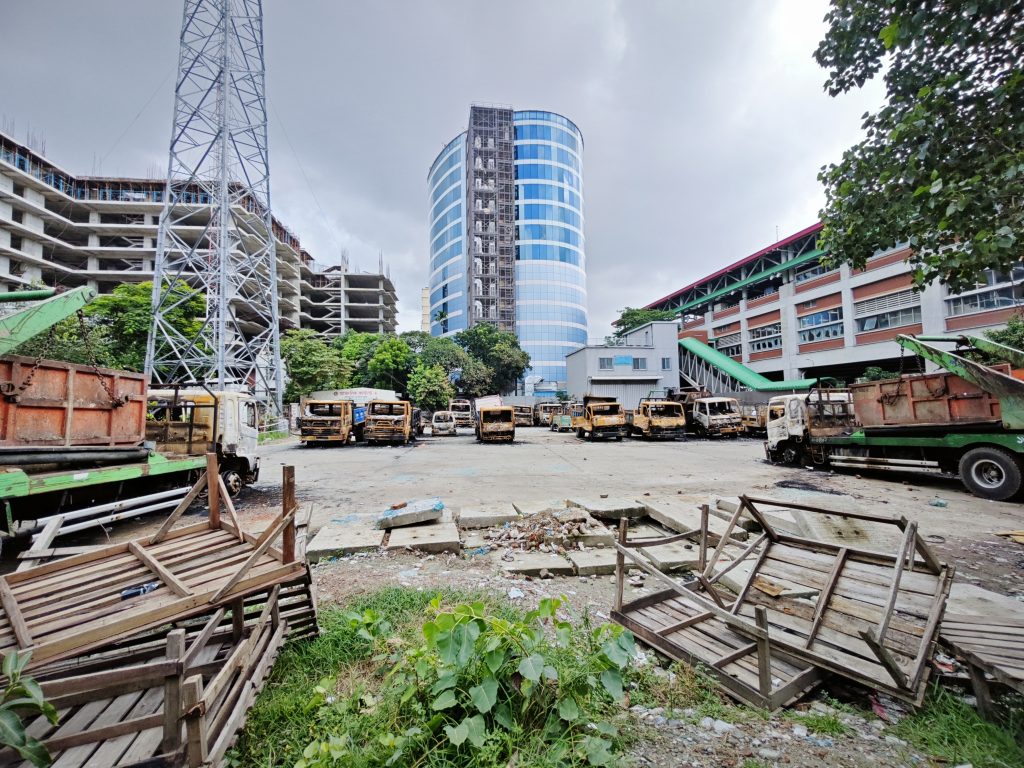
In reality, observing the movement of the quota protesters from the beginning showed that while there were some students from opposing political parties, most were general students. They were divided into at least ten to twelve groups. After the Awami League’s General Secretary unleashed the Chatra League on them, they united. He essentially made them stronger by bringing them together.
As I mentioned in a previous article, a portion of the Prime Minister’s press conference and a fragment of a student slogan created much controversy, centered around the word “Rajakar.” Adding fuel to this fire was a popular science fiction writer in the country. He may write good science fiction and children’s stories about the liberation war, but he proved himself to be neither conscious nor responsible when he identified forty thousand university students as “Rajakars.”
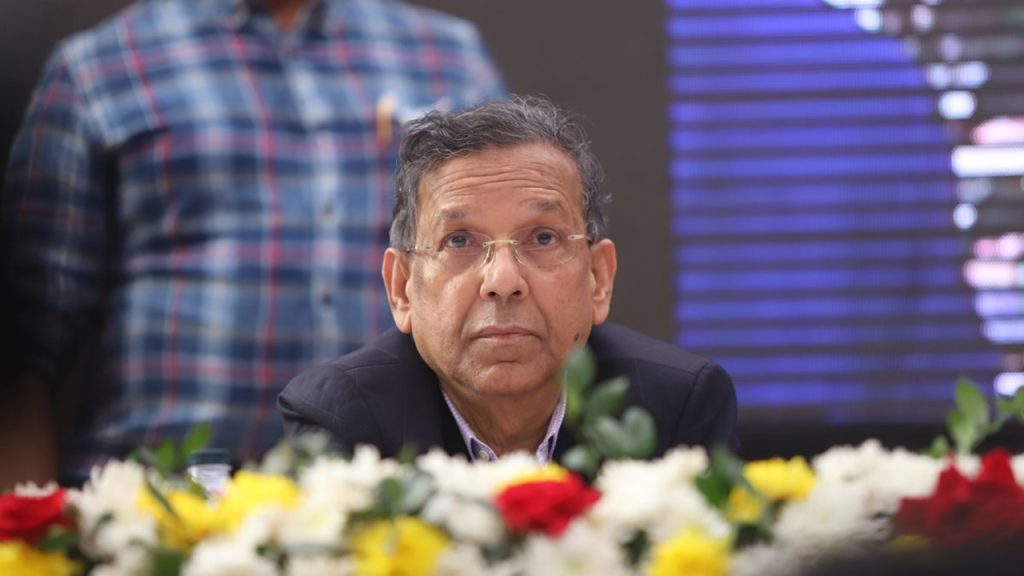
Firstly, he should have understood that during the 1971 liberation war, most people were in favor of the war, and the number of “Rajakars” was limited to a few hundred thousand. Even then, no one can call the current youth “Rajakars.” Moreover, looking at history, we know that Pakistani soldiers were condemned for killing ordinary people, the Al-Badrs for killing intellectuals, and the Rajakars for looting people’s property.
However, the post-1991 democratic government in Bangladesh has significantly reduced this negative perception of Rajakars. This is because many local-level representatives of all parties have seized so much property, both public and private, that people do not see them as much better than Rajakars.
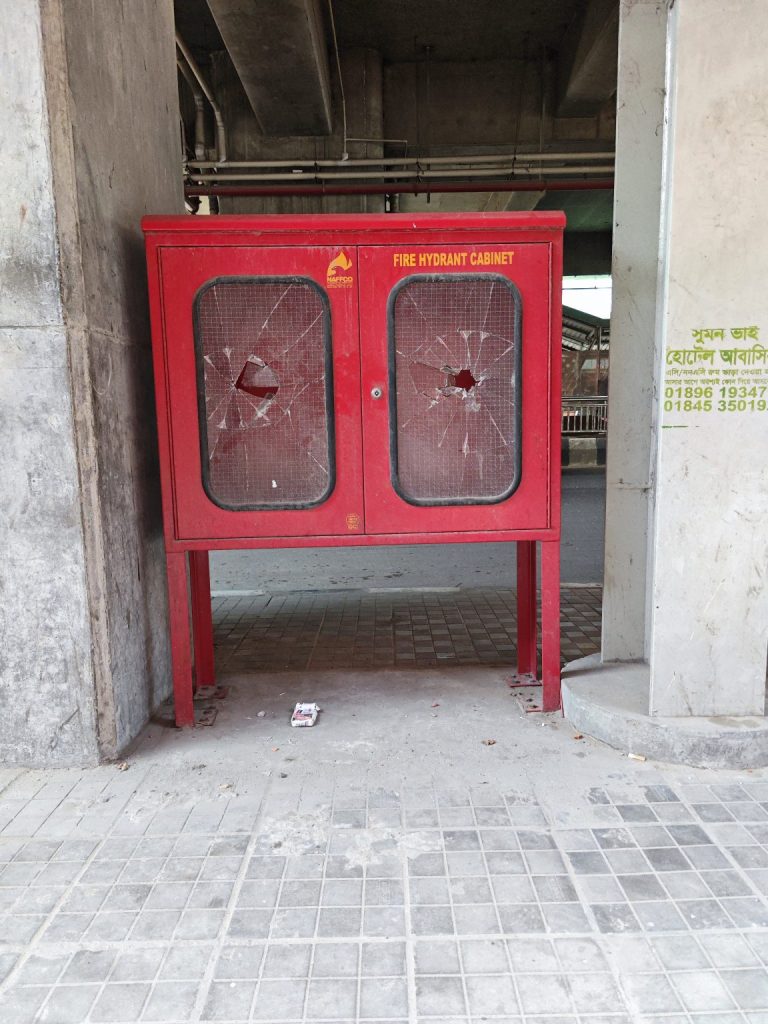
Today, from rickshaw stands to cattle markets, local representatives or their relatives occupy most of the spaces. They seize the property of the weak. Over the past ten years or more, as ruling party representatives have become representatives without going to the people for votes, they have become even more frenzied in this activity.
As a result, they enjoy the same lack of public support as the Rajakars did in 1971. This was clearly evidenced when the opposition party and fundamentalist groups started a planned movement, seizing various roads across the country. Many ruling party leaders asked the Prime Minister for police assistance for their safety when their people were supposed to stand with the police.
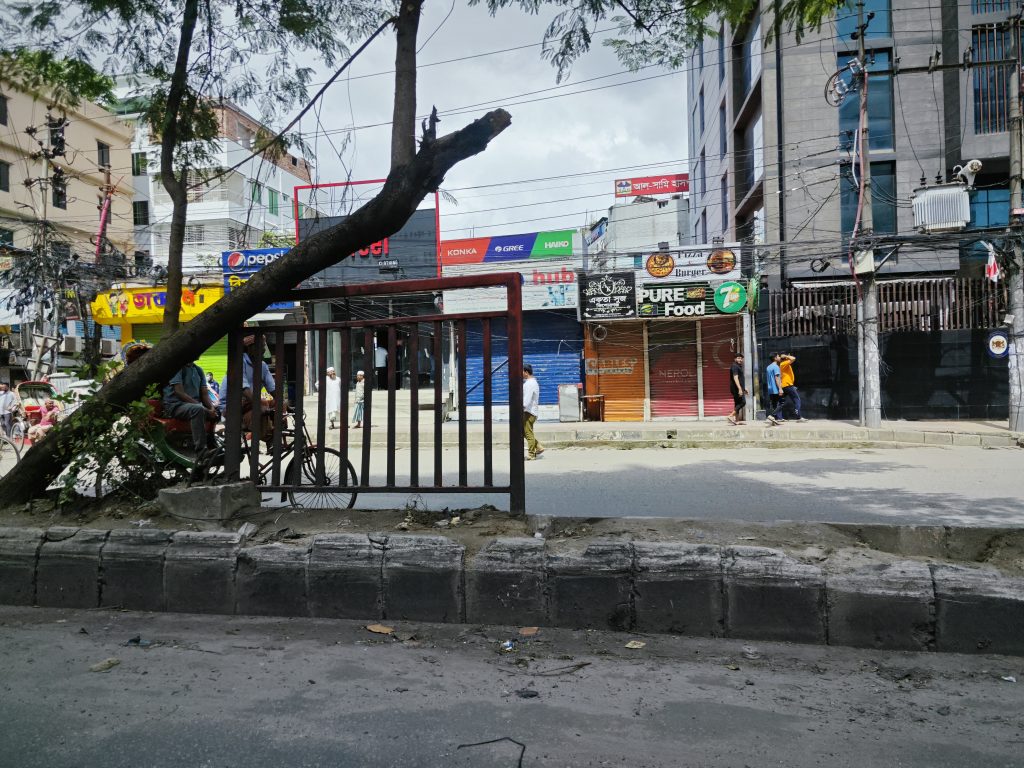
From the experience of reporting on political movements and observing the flow of events, I predicted that a curfew would be imposed from 6 PM on Thursday the 18th, and the army would be tasked with restoring stability. But why did the government wait until midnight on Friday to make the decision? Was it a lack of foresight or indecision? This is unclear.
However, as a result, according to newspaper reports, the death toll has exceeded 200, which is a lot of blood. Such a high price always requires a greater repayment from the country and the nation.
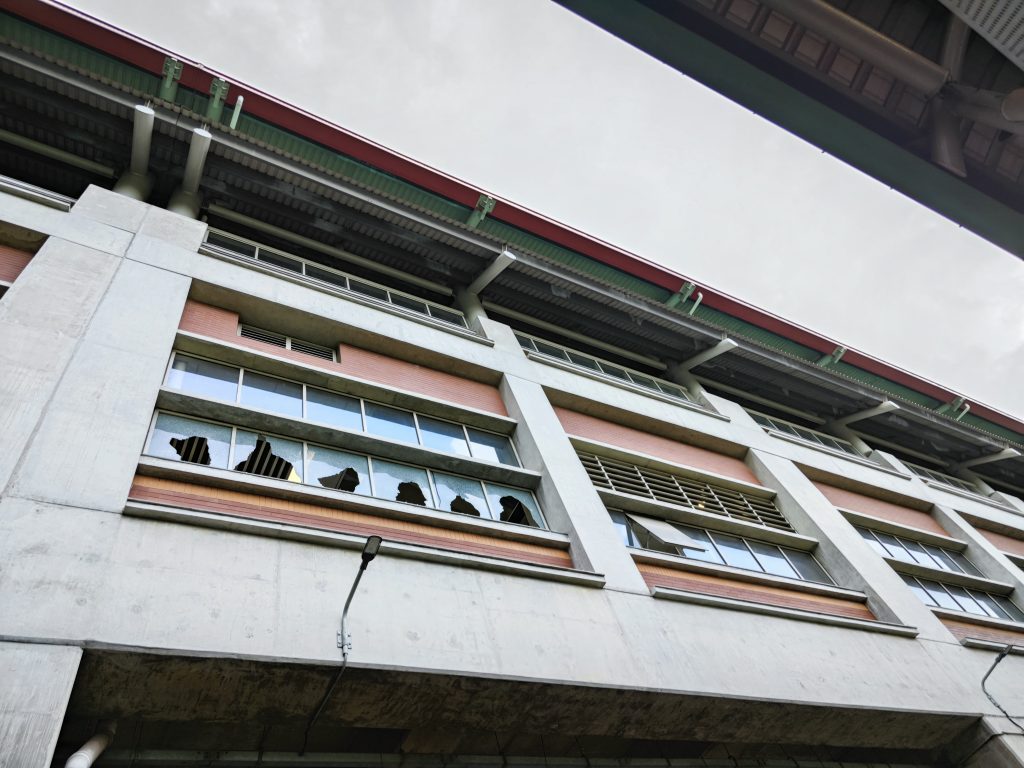
On Monday and Tuesday, I visited the Rampura and Badda roads in Dhaka, the Television Center, the damaged Elevated Expressway and Mirpur 10 Metro Rail Station, the place where Dhaka North’s garbage trucks are kept, and the damaged Kazi Para Station area. Due to traffic jams, I could not visit Uttara, Jatrabari, and Shanir Akhra areas.
Special saws were used to cut the trees on Rampura and Badda roads. Protesters only destroyed a particular university in Badda but did not damage any other private property. I saw the burnt condition of BTV from the outside. Reliable sources told me that the gate was opened from inside BTV, and those who set fire to important equipment inside were helped by some insiders.
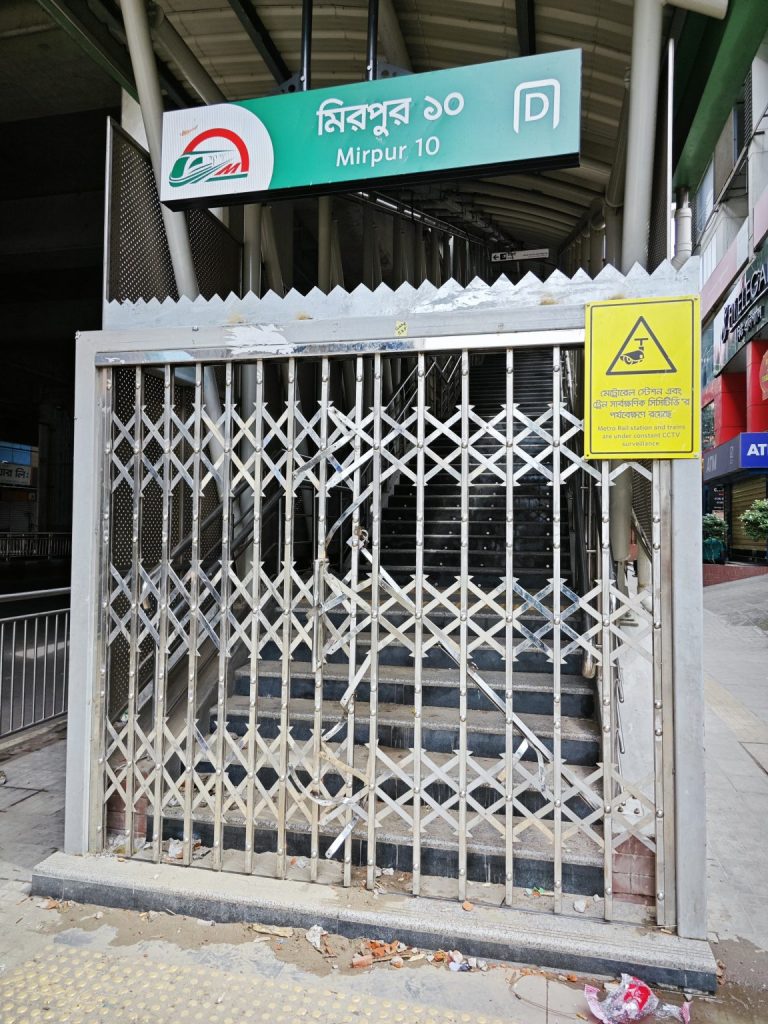
The guard, Liton, who was trapped at Mirpur 10 Metro Rail Station until 1 AM that night, said the students left at 5 PM. They behaved well with everyone and even provided him with food from their supplies. The attack on the station began at 7 PM.
According to Liton, there might have been a few students among them, but most were unknown individuals. Besides, since he is not local, he could not recognize them. Shopkeepers along the road also said they did not recognize them.
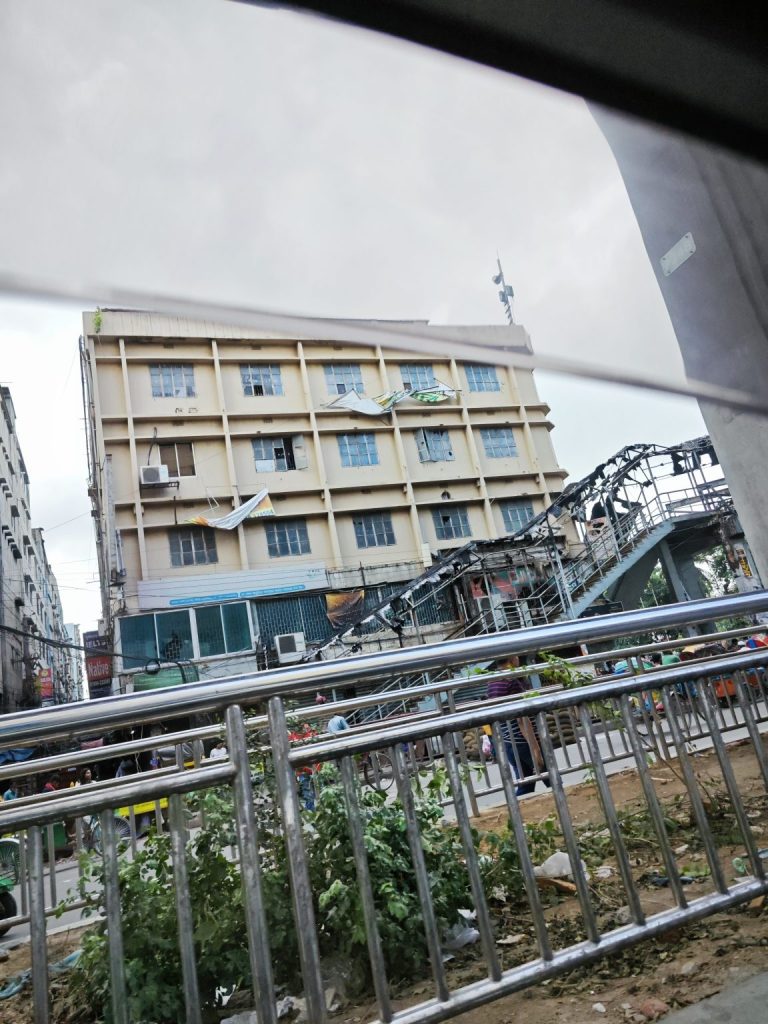
Later, speaking on the phone with a few locals from the area, I learned that bus workers were also involved in vandalizing the metro rail station. This is because the bus business has completely collapsed with the introduction of the metro rail.
However, talking to Liton and others made it clear that experts were among those who damaged the metro rail station. Moreover, the way they damaged things was not something ordinary people could understand.
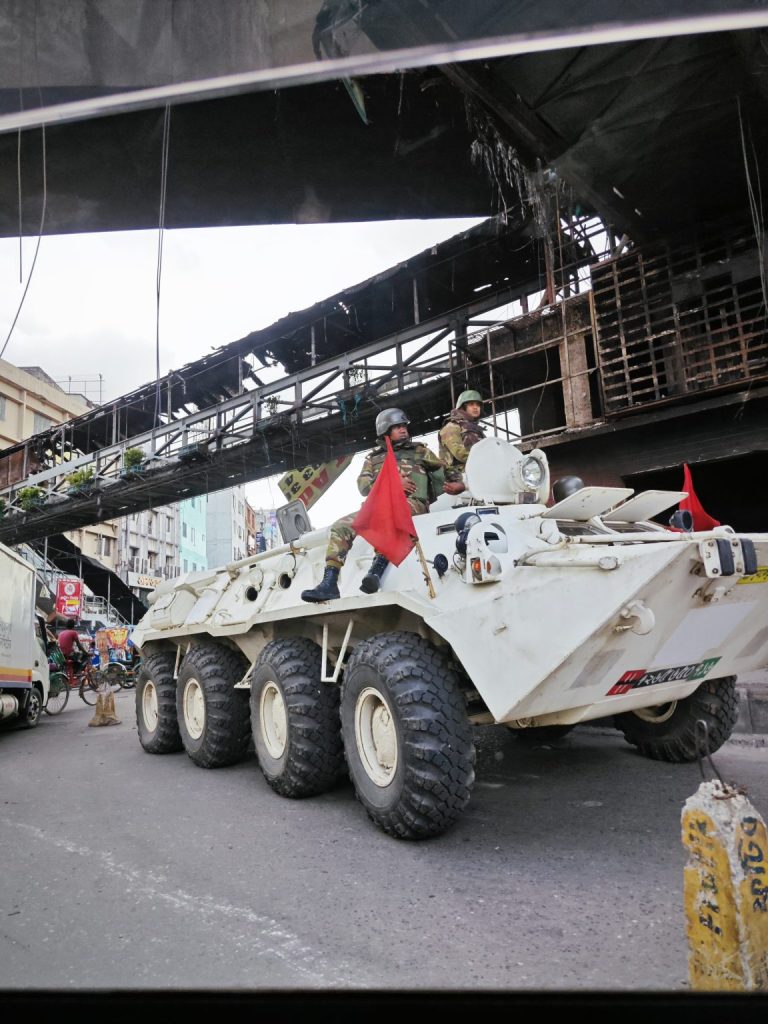
Meanwhile, it is said that the opposition party brought in hundreds of thousands of people to Dhaka. Some even claim it was ten lakhs. However, what we learned from various inquiries over the past few days is that over the past fifteen years, at least 50 to 60 thousand opposition party workers, unable to stay in their areas due to lawsuits and other reasons, have been residing in Dhaka in various ways.
Five to ten thousand come for bail every week. If another 20 thousand people from nearby districts enter Dhaka, that would be enough for a movement in an empty field (i.e., when ruling party workers are hiding in fear).
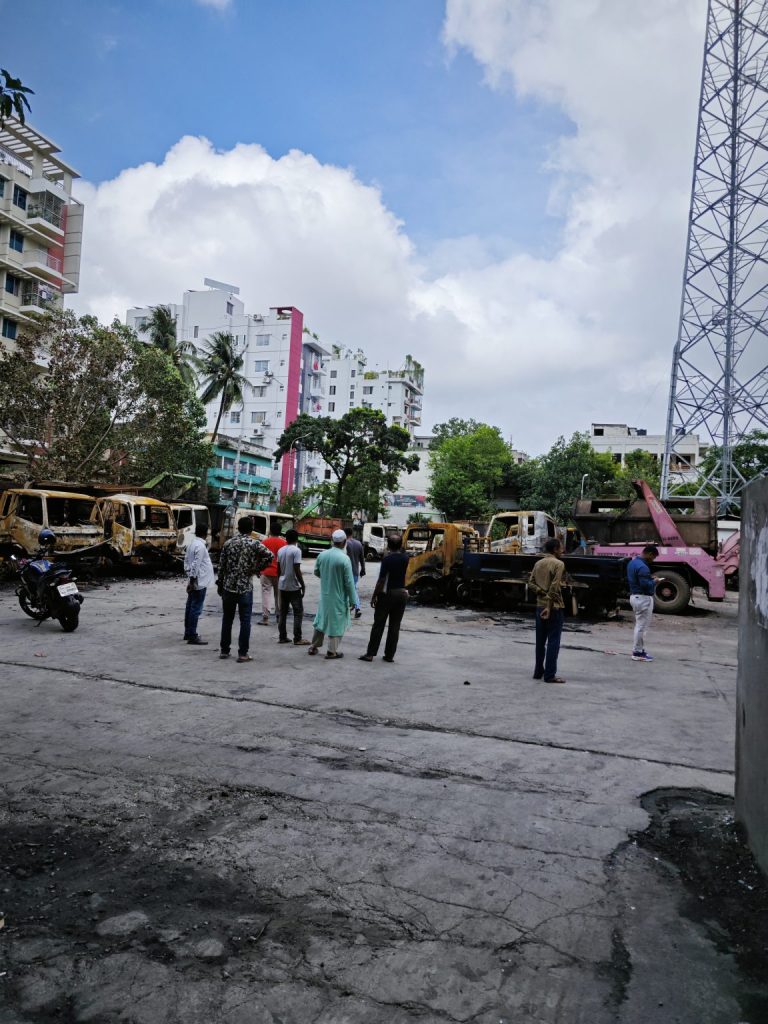
In the movements in areas like Badda, Uttara, Shanirakhra, and Signboard, madrasa students participated. Some came from other districts, which was confirmed through the identification of deceased bodies. However, Awami League supporters report that the madrasas connected to Uttara and Ashkona to Ashulia and both sides of Tongi were mainly established with the support of former Gazipur mayor Jahangir.
On the other hand, Shamim Osman is believed to have significantly aided the madrasa in the Signboard area, according to local Awami League personalities. Badda also has madrasas in every alley. Combining all these factors, it becomes somewhat clear who hijacked the student movement and took it in a different direction.
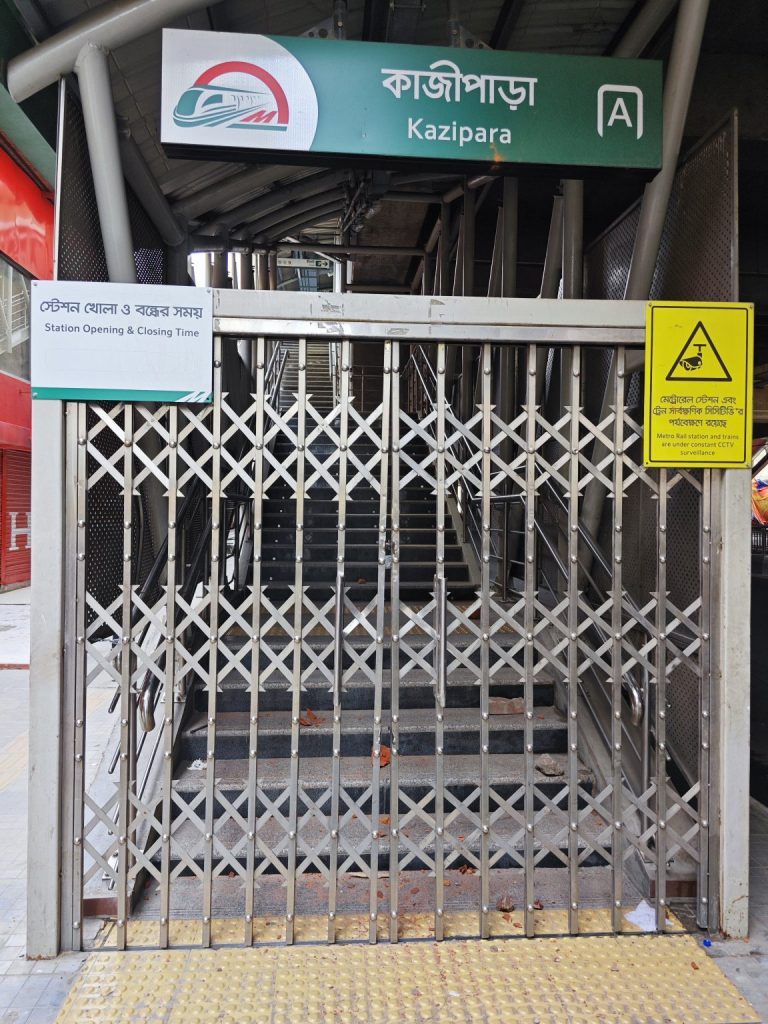
Nevertheless, it must be acknowledged this time that although ordinary people did not take to the streets, they did not oppose the protesters. This is because the attack by Chatra League changed the mindset of ordinary people and general students. Furthermore, the increased death toll due to the lack of timely army assistance angered the people.
Additionally, the tyrannical landlord-like behavior of many grassroots Awami League leaders and the high prices of daily necessities have alienated the common people. Another major change has occurred: about 60% of Awami League’s dedicated workers are struggling in their daily lives because they have no one to look after them.
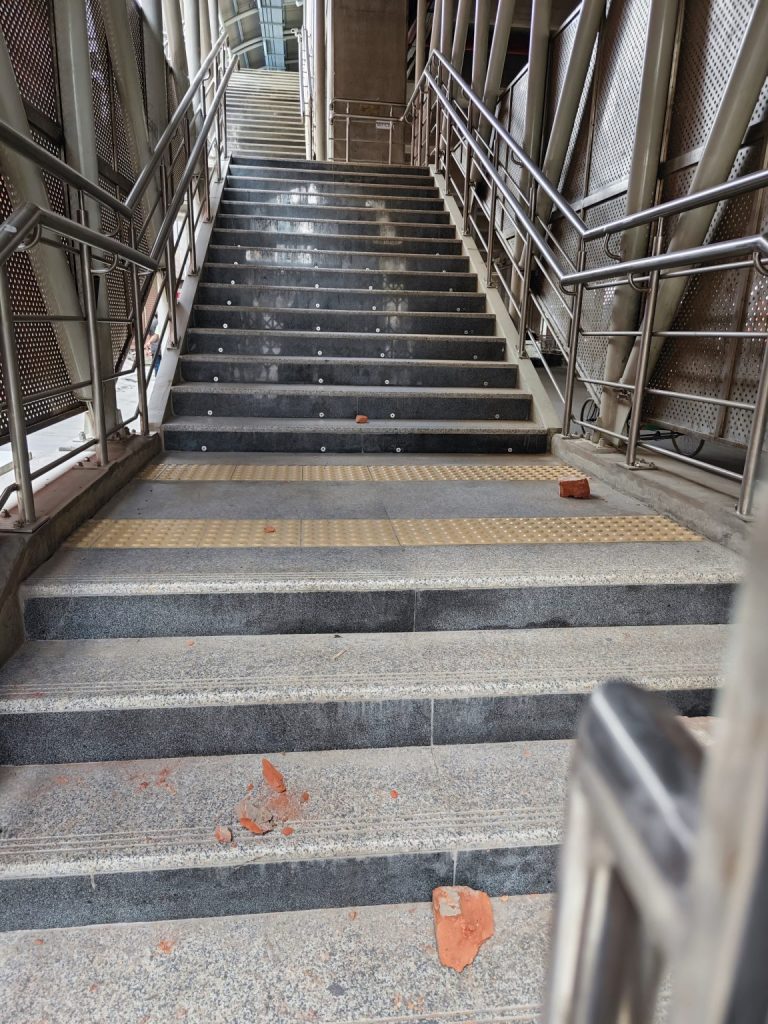
The leaders are running things with new opportunists. On the other hand, many dedicated workers have aged, and more opportunists have emerged than dedicated workers. Therefore, there are questions about whether the Awami League is sufficiently organized to handle any major crises.
The answer to this question became apparent over the past seven days. People are now genuinely thanking the army’s efficiency. After they took full responsibility, no new deaths occurred, only previously injured people died in hospitals. This proves that Bangladesh’s army is a national asset, not just in natural disasters but in any crisis.
On the other hand, instead of just looking at the external aspects, attention must also be given to the internal aspects of such a significant event for the future of Bangladesh. Because the world’s largest bay, the Bay of Bengal, touches the borders of five countries, one of which is Bangladesh.
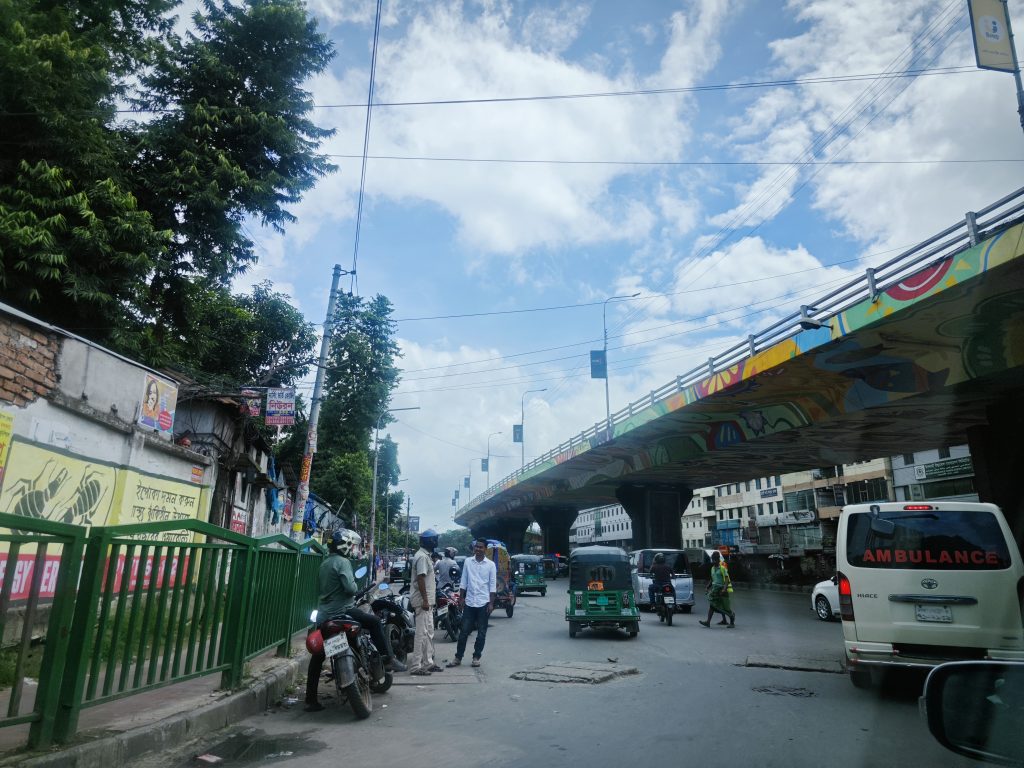
This makes the Bay of Bengal a crucial area for future geopolitical games, significant to both China and its rival “Quad” alliance.Myanmar, which touches the Bay of Bengal, has already become a buffer state. Additionally, these changes are happening at a time when Bangladesh’s economy is not in a good position. The army has played the most significant role in restoring normalcy in people’s lives.
For this reason, when major international political and domestic events shake a country and society, no society or country can return to its previous state completely! It must be somewhat reorganized, and any mistakes in this reorganization will cost even more.Therefore, considering the temporary state of calm as normal after such an event requires any state and society to pay a higher price. The time for changing the near and distant future is now rapidly passing.
Author: Swadesh Roy, State Award-Winning Journalist, Editor of Sarakhon and The Present World.



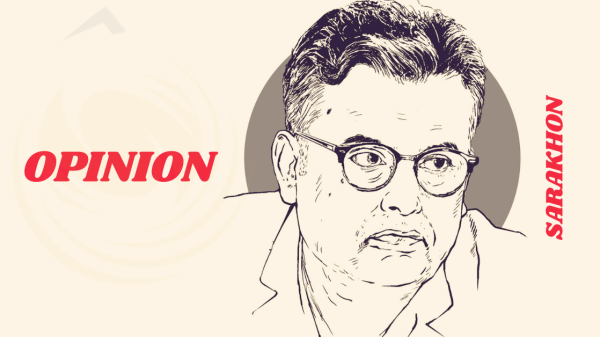

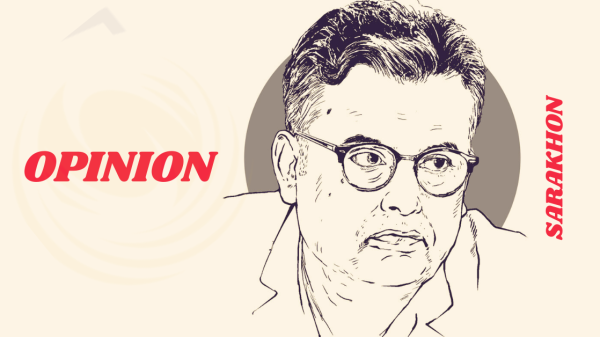

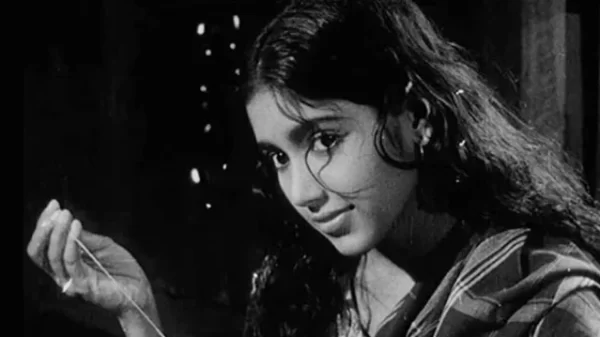
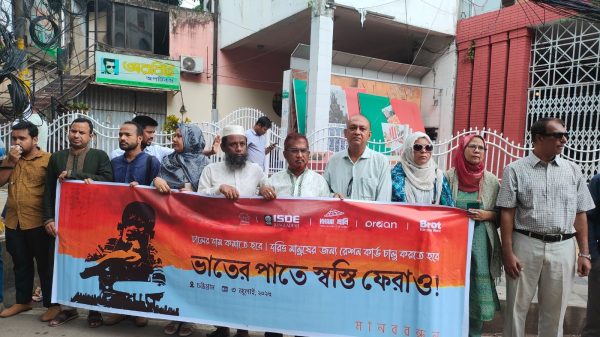
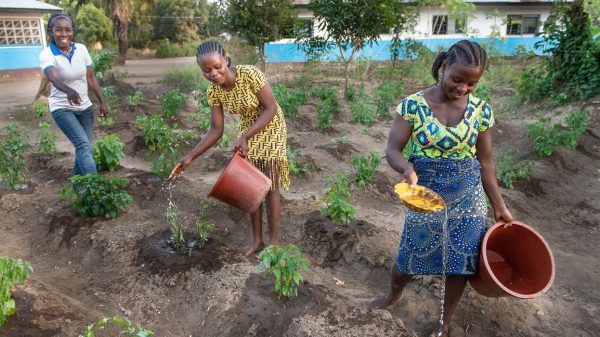


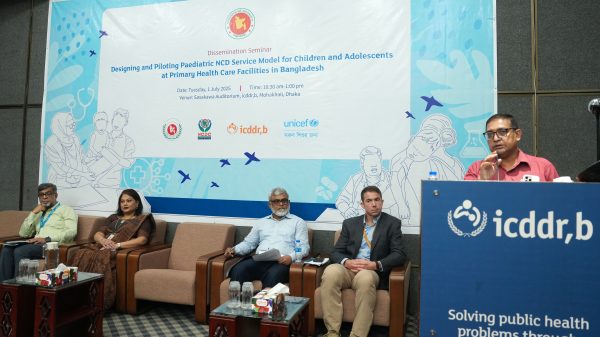
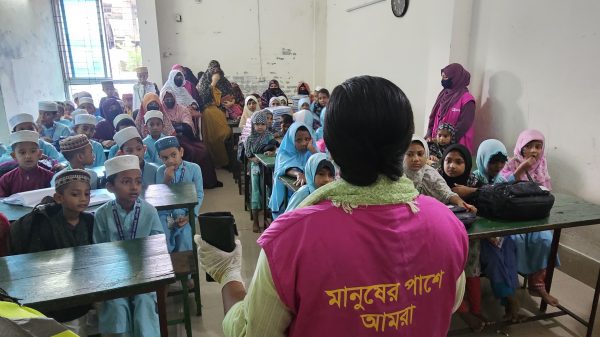
Leave a Reply